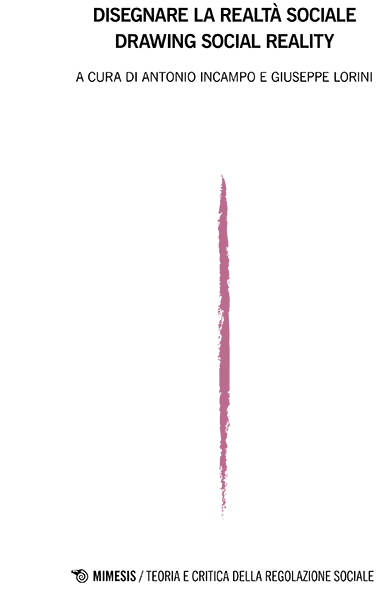Abstract
Elocution is a fundamental feature of Legal Rhetoric and this formal style represents a crucial element in the evaluation of the case by the judge. Legal writing requires above all incisiveness, which is the defining characteristic of an excellent judicial style and it is the evidence of accuracy, required in the vagueness of the disputed case, based on natural language.
The cultural tradition has handed down the idea that rhetorical style is shown mainly in the figures of speech, used in elocution to distinguish and improve persuasiveness. Hence, the most authentic origin of visual thinking in Legal Rhetoric is the use of figurative language in the dialogue of parties before a judge.
The figures have a couple of functions in legal style, such as ornament and analogy, and are able to indicate with an image what cannot be designated with a proper term. They have the function of illustrating and drawing notions, unknown or difficult to understand, through known phenomena of human experience.
Rhetorical figures are not a formal expedient of legal writing or public speaking, but they constitute the foundation of dialogue and a singular way to search for truth, especially in the adversarial system of legal experience.
Keywords: Figures of speech – Visual Language – Legal Rhetoric – Legal Elocution – Legal Writing
Index: 1. Legal Rhetoric and elocution – 2. Incisive style. Accuracy and vagueness – 3. Visual language and figures of speech – 4. The order of figures. Ornament and analogy – 5. Four examples in law – 6. Conclusion. Figures of truth – References

